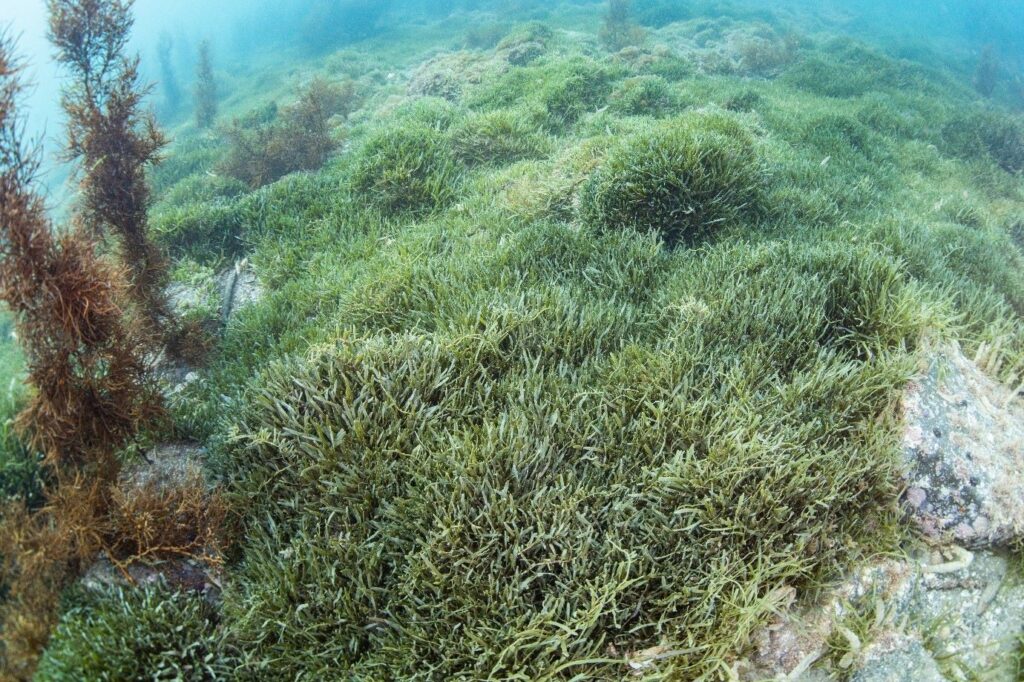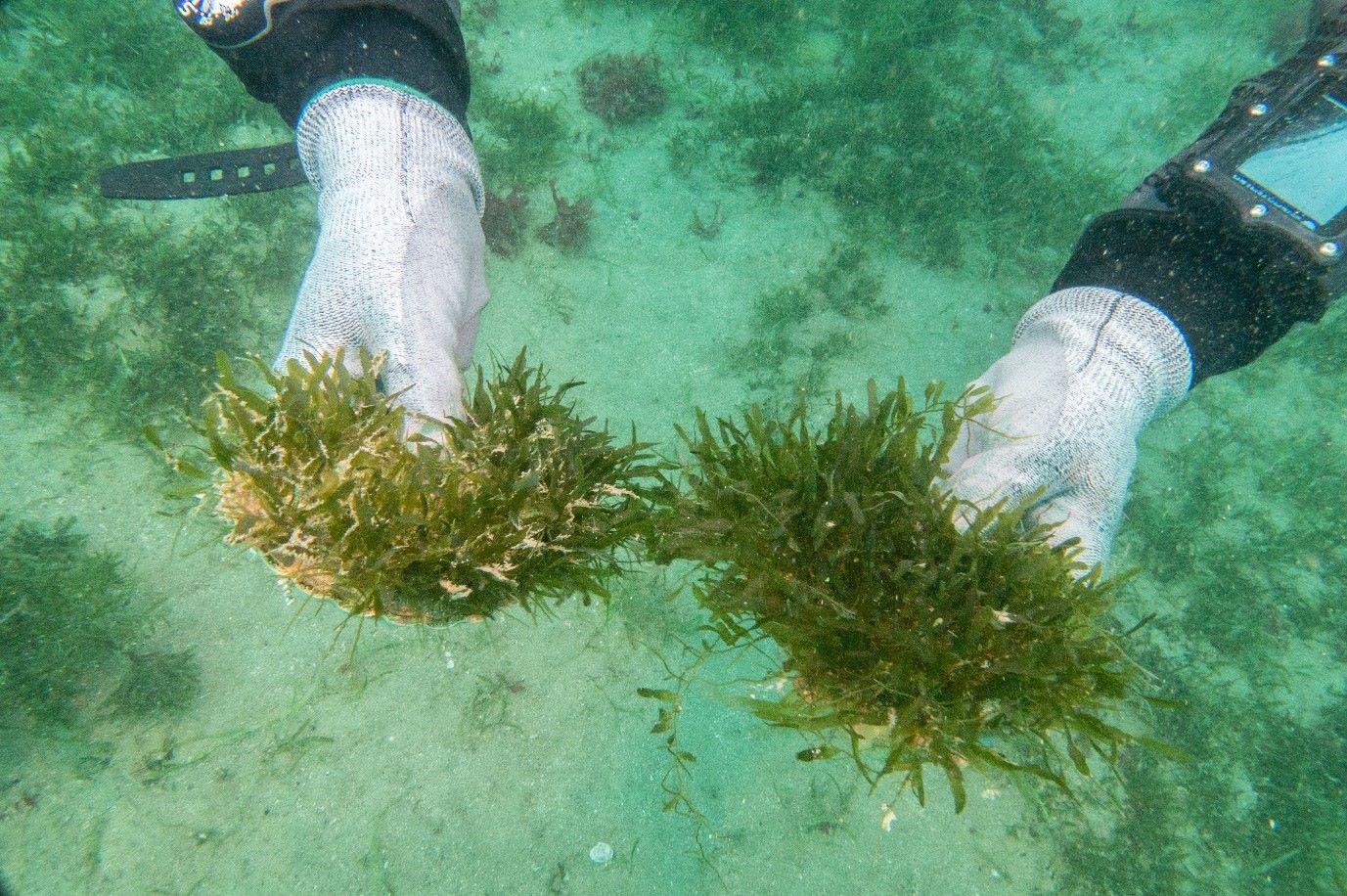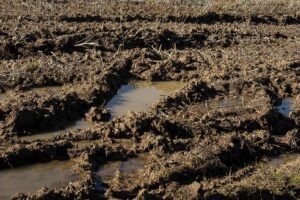The Hauraki District Council has declined to contribute funds to a business proposal aimed at managing or eradicating exotic caulerpa seaweed in the Hauraki Gulf.
The Exotic Caulerpa Better Business Case proposal was presented at the council’s August 28 meeting on behalf of the Ngāti Paoa Iwi Trust. It outlined a consortium of parties who intend to work together to fight the invasive species through increased surveillance and monitoring, proactive preparation for potential spreading of the plants, innovative new technologies, and an increased urgency in dealing with outbreaks.
Five iwi are already associated with the business proposal through the Pou Rāhui Project, as well as the Waikato Regional Council, Thames Coromandel District Council, Auckland Council and Northland Regional Council. The proposal stated the involved parties would contribute financially to the initiative, which will cost an estimated $400,000.
Hauraki District Council was asked to make a financial contribution of up to $10,000. The business case has already received $10,000 from the Thames Coromandel District Council, and the Waikato Regional Council is offering up to $30,000.
Hauraki councillors were split on whether to support the proposal. Those in favour said the funding could come from the existing discretionary or contingency funds, thereby avoiding an impact on rates. Councillor Josh Martyn also pointed out that the relatively small amount would allow the council a “place at the table” for future decision-making with the consortium.
The councillors against the contribution said there were several initiatives already in place to fight exotic caulerpa, and they believed the council’s contribution would not make an appreciable difference.
“I don’t believe it’s a function of our district council to provide funding for something that is a regional or central government [concern],” Councillor Philip Buckthought, a previous member of the Hauraki Gulf Forum, said.

The government has begun to direct funds towards the removal of exotic caulerpa. Biosecurity Minister Andrew Hoggard announced a $10 million funding injection on August 7, to develop new tools and technologies for the eradication of the species. It comes on top of a $5 million fund for an urgent work programme, and the formation of an Exotic Caulerpa National Advisory Group, earlier in the year.
The votes at the council meeting came to five in favour, with six against. Mayor Toby Adams declined to vote.
“If I voted that would have made it 6-6 and then it’s use your casting vote… I don’t think that’s a good democratic process,” he said.
“The general consensus of the room is that they weren’t in favour, so that’s the decision that I abide by.”
However, he said there was a need to keep pushing central government to tackle the issue with urgency.
“When it started, [the government] knew about it and nothing got done about it, and it grew on Great Barrier just like that,” he said.
“So they’ve had all this information for such a long time… It’s getting there, but it just needs constant prodding to keep going on.”
Mayor Adams is currently co-chair of the Hauraki Gulf Forum.

EXOTIC CAULERPA
The Ministry of Primary Industries biosecurity website lists two species, Caulerpa brachypus and Caulerpa parvifolia, as invasive pest plants. The near-identical species are collectively referred to as exotic caulerpa.
Exotic caulerpa was discovered in the waters of Great Barrier Island in 2021. Since then, it has been found at Fantail Bay and Port Jackson in the Coromandel Peninsula, as well as on Ahuahu Great Mercury Island, Te Rāwhiti Inlet in Northland, Kawau Island, Waiheke Island, Mokohinau Islands, Rakino Island, and Omaha Cove/Leigh Harbour. As of August, exotic caulerpa was estimated to cover more than 15,000 hectares of seabed in the upper North Island.
The ministry said exotic caulerpa was a risk to recreational, cultural, and commercial marine activities, due to its ability to spread rapidly and outcompete local species.
An August 9 report from the NZ Institute of Economic Research estimated exotic caulerpa could have an impact of up to $109 million on commercial and recreational fishing in the Hauraki Gulf, and up to $45 million on biodiversity.





